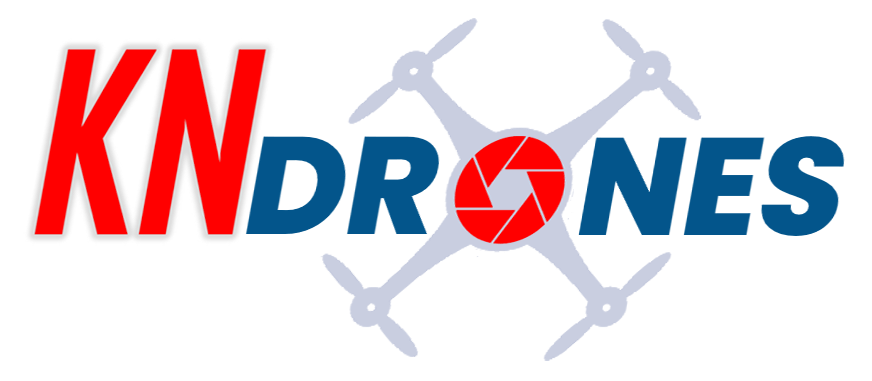Which drone to use for filming?
- Are you in the Occitanie region? We'll deliver your drone by appointment, and we'll give you a hands-on training session.
- 30% discount on an "Initiation" course
- During the warranty period, we pick up the drone and follow up with the manufacturer.
AUTEL ROBOTICS EVO MAX 4N
Advantages :
|
The drone, a new tool for aerial video shooting
Video is a complementary application to aerial photography for the production of reports and souvenirs, which are used in most professional sectors linked to construction and civil engineering, the energy industries, surveillance and security, and above all the audiovisual professions (cinema and television, tourism and travel, marketing and advertising, events, journalism and reporting).
Whether in an aesthetic or technical context, it's possible to visualize an environment or infrastructure from an aerial point of view, with a high level of precision and detail!
The result is extremely stable camera movements and smooth, high-definition images.
How to choose a drone for aerial video?
To choose your equipment, you need to define your requirements, the main criteria of which are as follows:
- The quality of the image sensor as a camera (the resolution of the camera determines the quality of the images, the recording formats so as to be able to choose the one best suited to the needs of post-processing and video editing, the size of the sensor, the sensitivity, the field of view (FOV)...);
- The drone's technical capabilities, such as ease of use and operation, real-time video transmission with no latency and secure data transmission, nacelle stability and damping systems to ensure vibration-free images, flight autonomy and range, in-flight safety systems such as obstacle detection, battery discharge monitoring and weather resistance;
- Compliance with the regulatory criteria defining the design and use of this type of aircraft.
Also, unless the drone weighs less than 250g, the people in charge of operating it will need to have been trained according to the same criteria. This last, facilitating element, could be a relevant answer to start your activity and realize the advantages of such a tool. For the EVO NANO+ and EVO LITE+ models, the AUTEL SKY application lets you edit images with a soundtrack for almost instantaneous results.
Sectors concerned
The use of drones to capture aerial video is of undeniable interest in the civil engineering and construction sectors. By providing a unique aerial perspective, these recordings enable clear, detailed visualization of worksites, facilitating project planning and management. Aerial videos provide a precise overview of sites, enabling potential problems to be detected quickly and informed decisions to be made. What's more, these recordings can be used to document work progress, facilitate communication between stakeholders, and provide visual support for presentations and reports.
In the mining industry, drones have become essential tools for monitoring extraction sites and equipment. As a complement to aerial photography, videos can be used to assess the condition of excavations, identify safety zones and plan work more efficiently. In addition, drones can be used to monitor the environmental impact of mining operations, helping to prevent ecological risks and ensure regulatory compliance.
In the environmental and energy sectors, drones offer invaluable prospects for assessing the state of ecosystems, monitoring biodiversity, tracking climate change and inspecting energy installations. In this context, the collection of environmental data through video recordings is more efficient, providing valuable information for research, conservation and sustainable development.
Benefits
The ability to capture aerial video with ease brings many advantages
Improved operational safety
Exposure to unnecessary risks, such as falls from height or working in hazardous environments, is considerably reduced.
Cost reduction
Using a drone to capture video offers significant potential for cost reduction in a variety of professional sectors. Thanks to its ability to capture high-quality aerial images, the drone provides a global view of sites and infrastructures, without the need to resort to more costly traditional methods such as helicopters or the installation of temporary structures. This technology thus offers a cost-effective solution for the regular monitoring and inspection of facilities, enabling potential problems to be detected early and targeted interventions carried out before they become more costly. What's more, the use of a drone reduces the costs associated with travel and specialized equipment, while improving the efficiency of teams by providing them with precise visual data in real time.
Access to difficult areas
Using a drone offers key advantages in terms of access to difficult locations. Thanks to their ability to fly and maneuver in tight spaces, drones can reach areas that are inaccessible or dangerous for human crews. This makes it possible to obtain valuable data in complex environments such as industrial sites, infrastructure under construction or mining areas.
Quality of data collected
When it comes to the quality of the data collected, drones equipped with high-resolution cameras can capture highly accurate images and video. This visual data provides a global and detailed perspective of structures, equipment and installations. They enable problems, anomalies or faults to be detected quickly, facilitating informed decisions on maintenance, repairs or improvements.
Visual documentation / library
Another major advantage is the visual documentation offered by drone recordings. These videos and images serve as tangible, visual evidence of site conditions, work carried out and project progress. They provide valuable references for reports, audits, compliance assessments and exchanges with stakeholders. In addition, visual documentation reduces the risk of disputes by providing clear, objective visual evidence.
Conclusion
In summary, using a drone to capture visual data in the form of video offers significant advantages across all the criteria outlined above. These advantages contribute to optimizing operational efficiency, reducing maintenance and repair costs, and facilitating communication and decision-making in many professional sectors.

